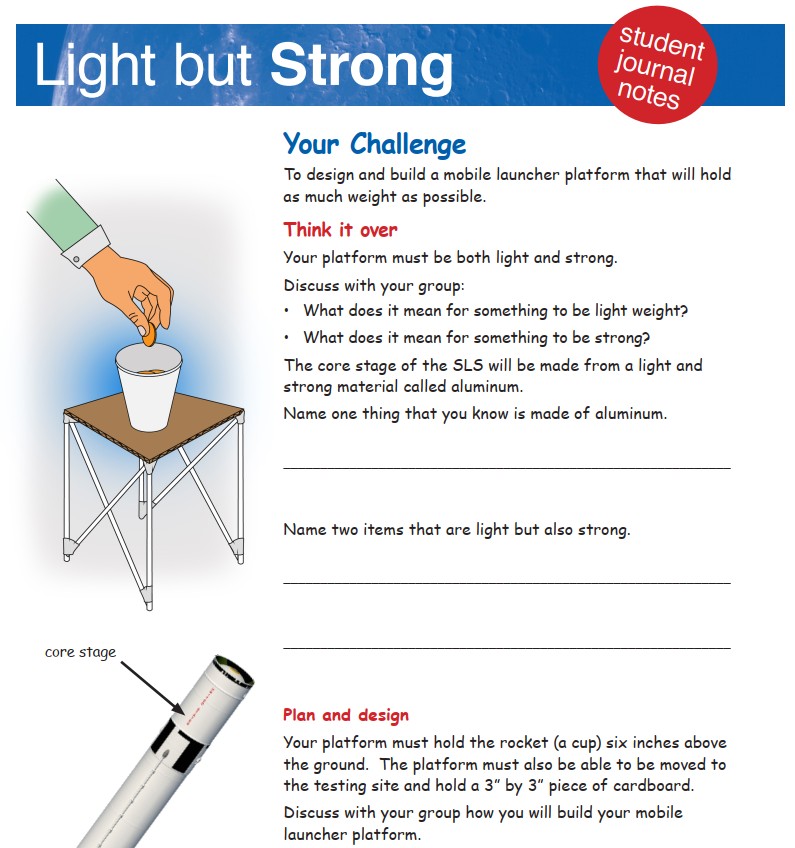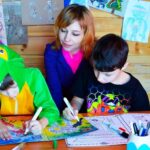Engineering Lessons, Activities and Textbook for Middle and High Schoolers
Here are nine resources, mostly for middle and high school students, that teach Engineering principles and concepts, including several engineering activities developed by NASA. These will help with learning this important aspect of applied science and math by using real-life examples and by students creating their own solutions to engineering problems encountered by scientists.
Engineering For High School, CK-12, with Answers (pdf, 195 pages, 12.22MB)
The text is written to meet draft ASEE K-12 standards for engineering and was collaboratively written by university engineering and education faculty members at Arizona State University. It has four content chapters that cover the nature of engineering, engineering and society, engineering design, and the connection between engineering, science, and mathematics. All answers to review questions are provided.
Engineering Activity – Space Suit Protection, NASA (pdf, 4 pages, 151kb)
Investigate the relationship between mass, velocity, acceleration, force, and kinetic energy as described in Newton’s second law of motion and the equations of motion. You are a NASA Space Suit Engineer and you need to select the best material to be used on your space suit. You need to select a material that can survive an impact by a piece of space debris the size of a marble traveling at various speeds.
Light But Strong, A Lesson in Engineering from NASA (pdf, 10 pages, 5.88MB)
This lesson from NASA helps you design and build a mobile launcher platform that is light enough to be moved to the launch pad, but strong enough to hold the weight of the rocket. Lesson duration: 1 hour.
Strong Structures from Flimsy Materials (pdf, 5 pages, 252KB)
One way NASA keeps spacecrafts accelerating is to harness the sunlight. Sunlight exerts a very gentle pressure on objects it hits. That means that a spacecraft could have a solar sail that would work like a sail on a boat, harnessing the energy of the sunlight instead of the wind. In this lesson activity, you will make a model structure for a Solar Sail Mast using simple, flimsy materials, building a rigid structure similar to the basic design of a real solar sail mast created by space engineers.
Curious About Careers – Mechanical Engineering, 5th Grade (pdf, 3 pages, 129KB)
Do you like to build with blocks? Are you curious about how solar panels turn sun rays into electricity? Have you wondered how planes stay in the air? Do you wonder why putting gas into cars causes the wheels to turn? Do you like to design and create new things? If you do, a career in mechanical engineering might be right for you!
NASA Best Engineering Activities Guide, Grades 6-8 (pdf, 178 pages, 12.79MB)
NASA Best Engineering Activities Guide, Grades 3-5 (pdf, 138 pages, 12.52MB)
NASA Best Engineering Activities Guide, Grades K-2 (pdf, 136 pages, 12.90MB)
These three NASA BEST Activities Guides were designed to teach students the Engineering Design Process. O am created three guides to accommodate three grade groups: K-2, 3-5 and 6-8. All follow the same set of activities and teach students about humans’ endeavor to return to the Moon. Specifically, how we investigate the Moon remotely, the modes of transportation to and on the Moon, and how humans will live and work on the Moon. Each activity features objectives, a list of materials, educator information, procedures, and student worksheets. When appropriate, the guide provides images, charts, and graphics for the activities. All activities are intended for students to work in teams. It is recommended that each team consist of 3 or 4 students.
Introduction to Solving Engineering Problems with Matlab, with Solutions (pdf, 114 pages, 1.60MB)
This text is intended to introduce freshman engineering students to problem solving using an m-file environment. Most of the information in this text applies to any m-file environment. MATLAB has emerged as a widely used computational tool in many fields of engineering. MATLAB consists of a programming language used in an interactive computing environment that supports programming to solve complex problems. The MATLAB language has become a defacto standard that is also used by several other computational packages; these including LabVIEW MathScript an Octave.
-love learning -your best ed lessons guide, Scott





There is much home schooling parents can do, these days, with all the resources, that public school teachers don’t have the time because of common core curriculum or whatever the accept.